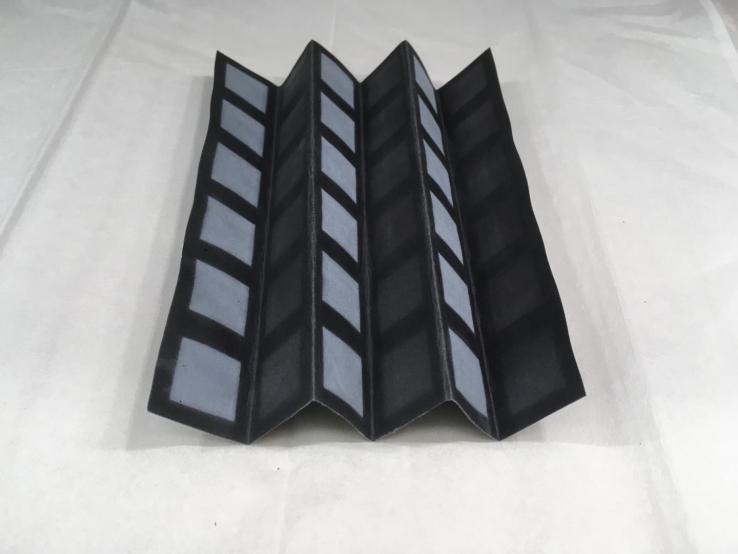

Researchers at Binghamton University in New York have created a “bacteria-powered battery on a single sheet of paper.” The project is aimed at creating batteries for disposable microelectronics that can run for weeks using a little bacteria-rich liquid.
“The manufacturing technique reduces fabrication time and cost, and the design could revolutionize the use of bio-batteries as a power source in remote, dangerous and resource-limited areas,” write the researchers.
The researchers used a piece of chromatography paper and a ribbon of silver nitrate under a layer of wax. The anode was made of “a conductive polymer on the other half of the paper” and a reservoir held bacteria-rich liquid. The cellular respiration powered the battery.
You’re not going to power your car with these but you will be able to squeeze out a little juice. The batteries expel “31.51 microwatts at 125.53 microamps with six batteries in three parallel series and 44.85 microwatts at 105.89 microamps in a 6×6 configuration.” The researchers believe these batteries can run glucose sensors, detect pathogens, or keep small electronics alive for days without traditional power supplies.
Interestingly this isn’t the first bacteria battery his team has made. The team “developed its first paper prototype in 2015, which was a foldable battery that looked much like a matchbook.” The best part? “Earlier this year they unveiled a design that was inspired by a ninja throwing star.”

